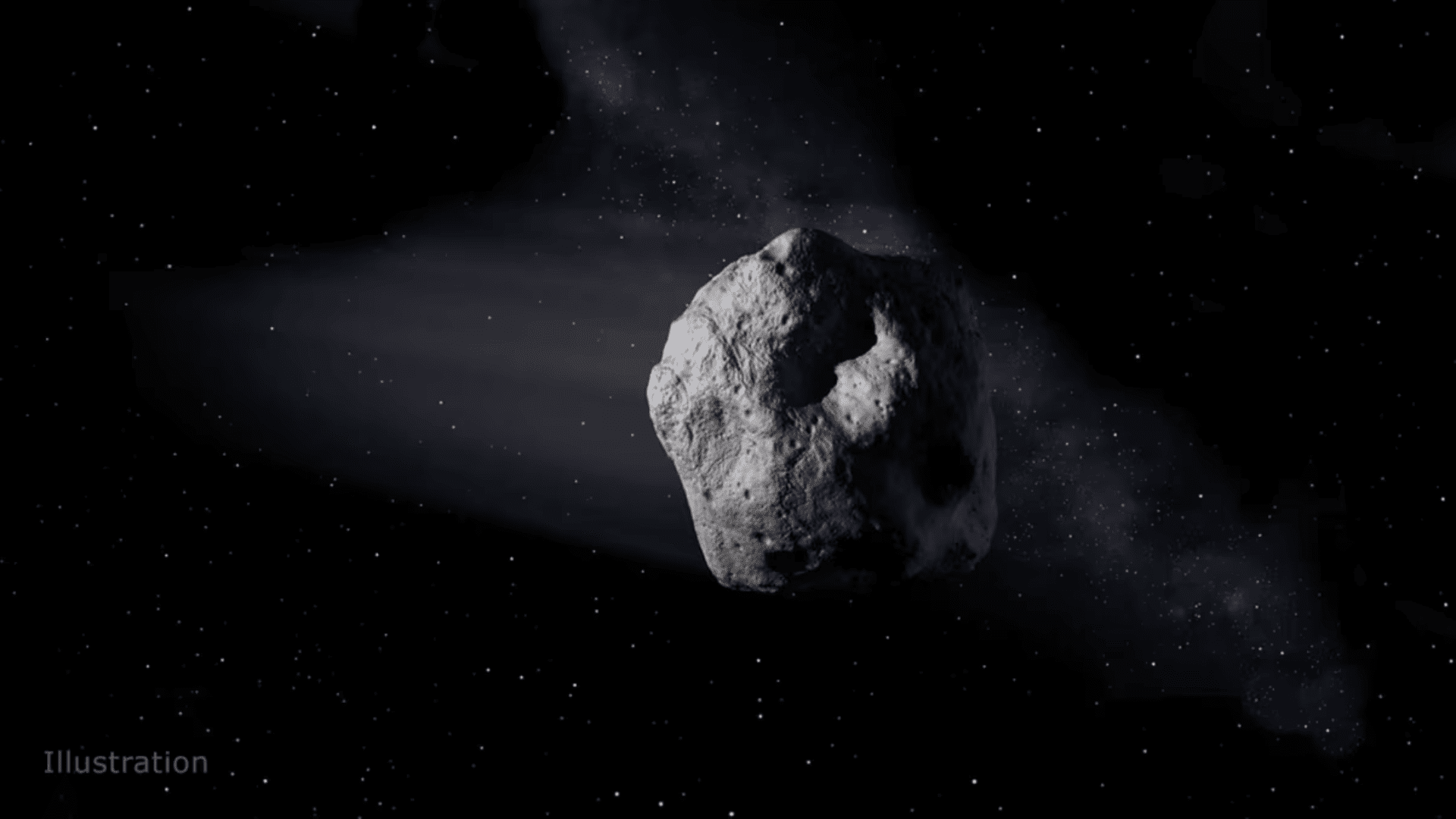Astronomers discovered a quasi-moon near Earth that they believe has been floating unseen near our planet for approximately 60 years.
Quasi-Moon 2025 PN7

This near-Earth asteroid, called 2025 PN7, orbits the Sun over the course of one year while remaining at a close distance to Earth. According to Carlos de la Fuente Marcos, a researcher on the faculty of mathematical sciences at the Complutense University of Madrid who recently authored a paper about the space rock, the quasi-moon is so small and faint that it managed to escape notice.
During its closest pass of our planet, the space rock floats within 186,000 miles (299,337 kilometers) of Earth. The asteroid has a horseshoe orbit and reaches a distance of 185 million miles (297 million kilometers) from Earth at its furthest point. Its current near-Earth orbit is expected to last for another 60 years.
“It can only be detected by currently available telescopes when it gets close to our planet as it did this summer,” de la Fuente Marcos explained to CNN. “Its visibility windows are few and far between. It is a challenging object.”
Astronomers still aren’t entirely sure of the object’s size, but believe it’s approximately 98 feet (30 meters) across. According to EarthSky, it’s estimated to be about 62 feet (19 meters) in diameter.
According to de la Fuente Marcos, the meteor is currently the smallest-known quasi-moon to have orbited near Earth. Astronomers and scientists are still speculating on the asteroid’s composition.
“Based on what little we know so far, it’s almost certainly a rocky and natural object — sometimes old satellites and rocket junk end up in these very-near-Earth kinds of orbits, but we can often tell ‘natural’ (e.g., asteroidal) from ‘artificial’ (e.g., satellite) based on how their orbits evolve on short timescales,” wrote Dr. Teddy Kareta, assistant professor in the department of astrophysics and planetary science at Villanova University, in an email.
The paper was published in the journal Research Notes of the American Astronomical Society.







